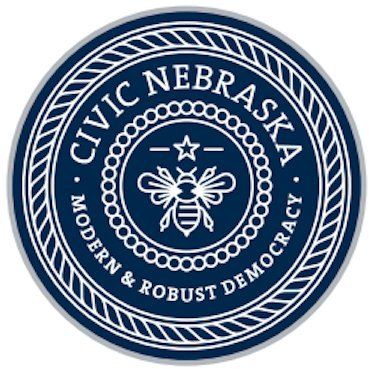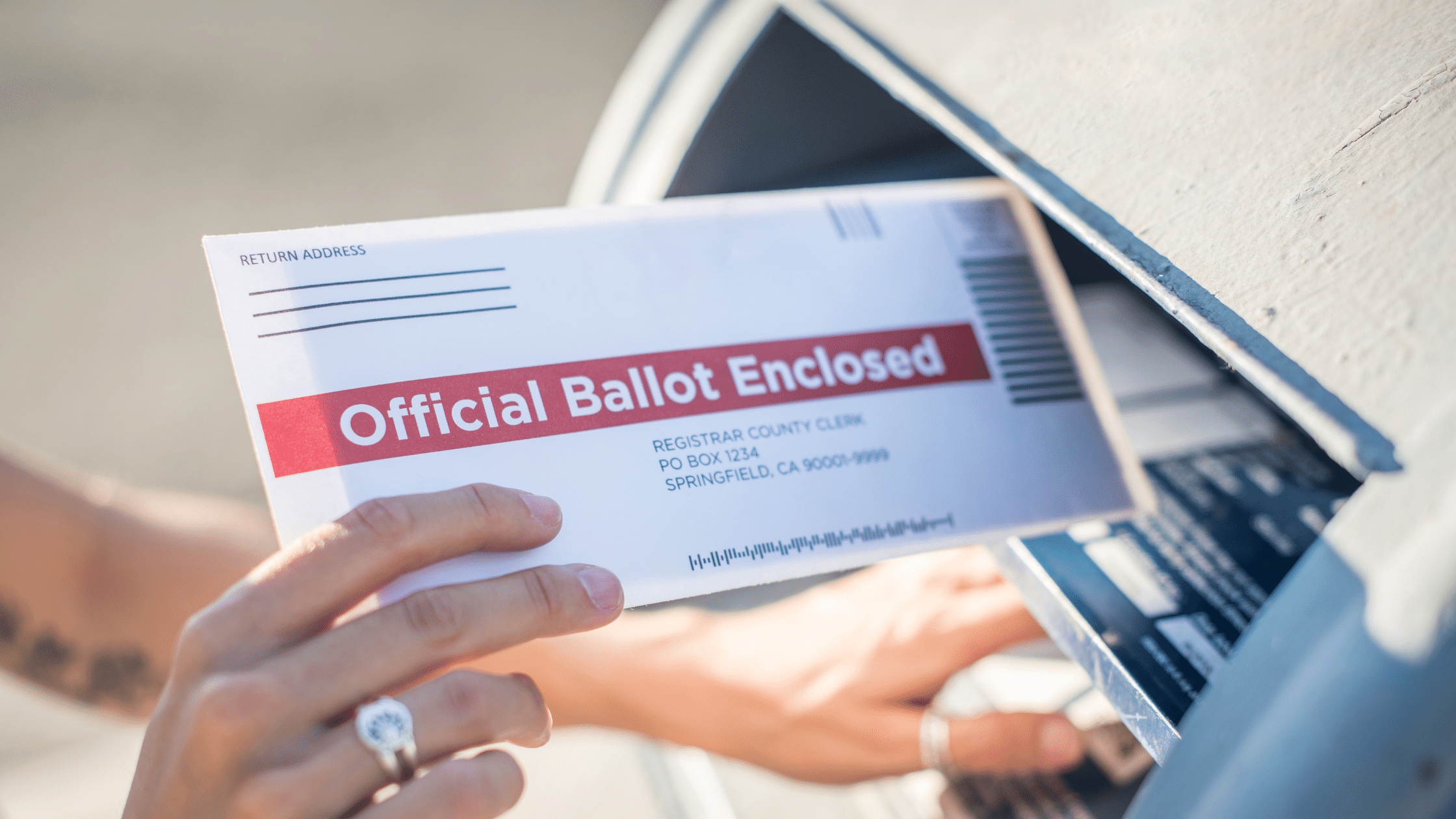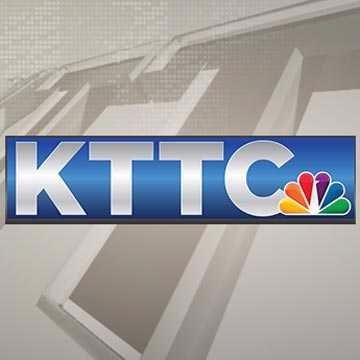The Census Bureau released its report on voter registration and turnout in the November 2022 midterm election this week, estimating a 52% turnout of eligible citizens, nearly half of whom voted early in person (15%) or by mail (32%).
Hidden in plain sight is the impact of automatically sending registered voters their ballot rather than requiring them to travel to a polling place or apply for a mailed-out ballot; states using this system had remarkable voter turnout.
Oregon, the nation’s first state to adopt a vote at home election system in 1998, had the highest participation rate of 70%, with Maine at a distant second, at 64%. Four additional vote at home jurisdictions (Colorado, District of Columbia, Vermont, and Washington) were among the top 10 with 60% or higher turnout rates.
Others include high-contending states (i.e., Michigan, Wisconsin, Pennsylvania, and Minnesota) that employ no-excuse laws, wherein any voter can request a mailed-out ballot.
In contrast, the bottom ten states (e.g., Alabama, Indiana, North Carolina, and Texas) required a legal excuse to request a mailed-out ballot or a witness’ signature, the lowest turnout being 38% in West Virginia.
Examining data by voter age (18-34) further exacerbates the notion that increased access to mailed-out ballots boosts turnout, with Oregon leading at 56%, alongside three other vote at home jurisdictions (Washington, D.C., Vermont, and Washington). In contrast, the bottom ten states (e.g., Alabama, Indiana, and West Virginia) required a legal excuse to request a mailed-out ballot or a witness’ signature.
As the report notes, the primary reason nearly half of an estimated 111 million eligible voters didn’t cast a ballot in 2022 was logistical (busy or conflicting schedules, illness or disability, or out-of-town) and easily curable with a mail ballot system.









